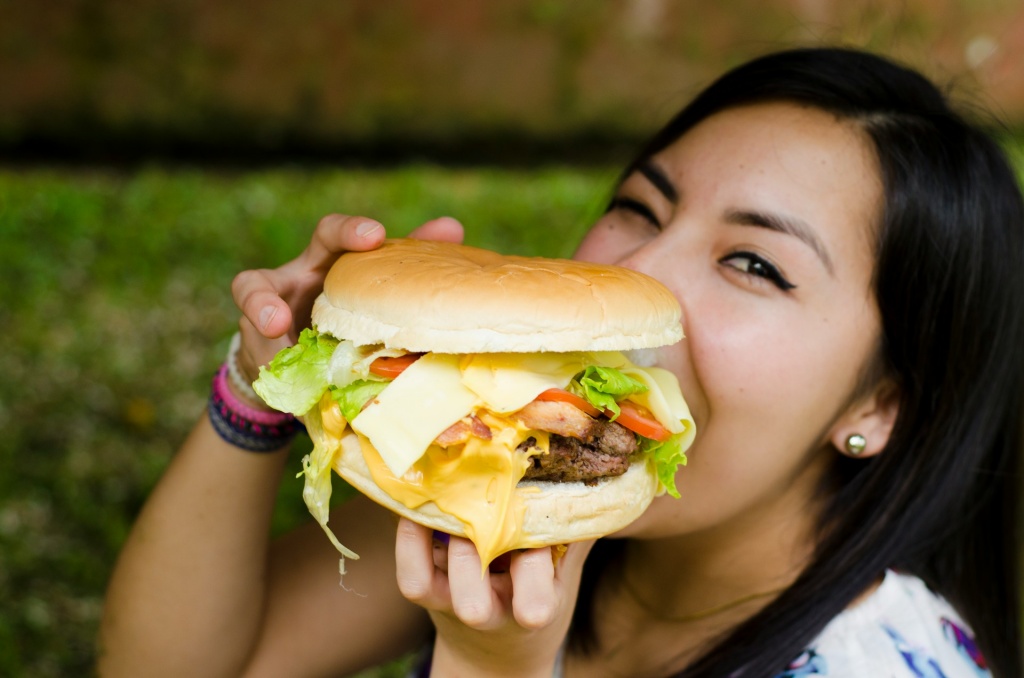Breadfruits are back in season, and I have been obsessively experimenting.
I used to avoid cooking them, deterred by the difficulty I had peeling the coarse green rind. Once I’d figured out that if I wrap it in a paper towel and put it in the microwave for five minutes, or immersed it in boiling water for about the same time, the skin came off easily, I crossed that major hurdle.
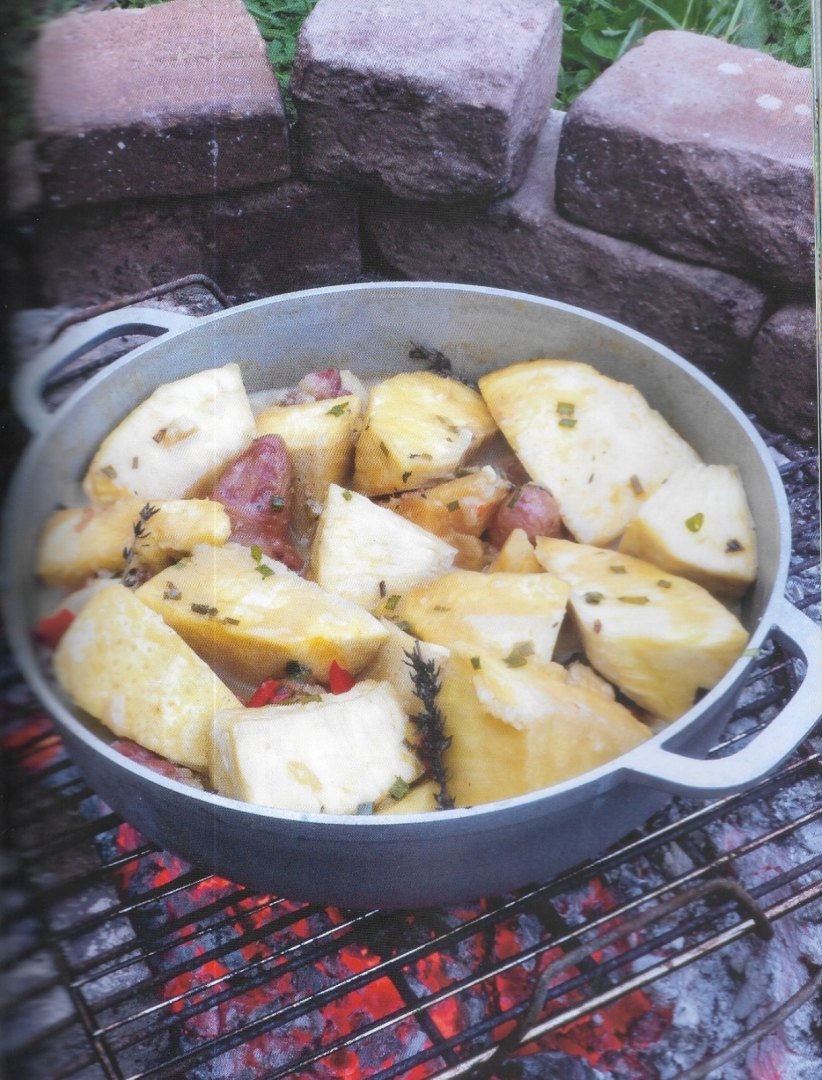
I’ve boiled it, mashed it, sautéed it, simmered it in oil-down, and generally did the gamut of traditional dishes. When my friend, Franka Philip, pulled out the stops with a couple that she roasted on red hot embers and served in a coarsely mashed concoction with kale and cream and I think it was either goat or feta cheese, I swooned.
I could not have imagined such a sublime experience.
I think that was the start of my obsession. Unfortunately, at the time, breadfruits disappeared and when they finally resurfaced sparingly, the prices were exorbitant. One major grocery had a sticker of TT$103 for one!
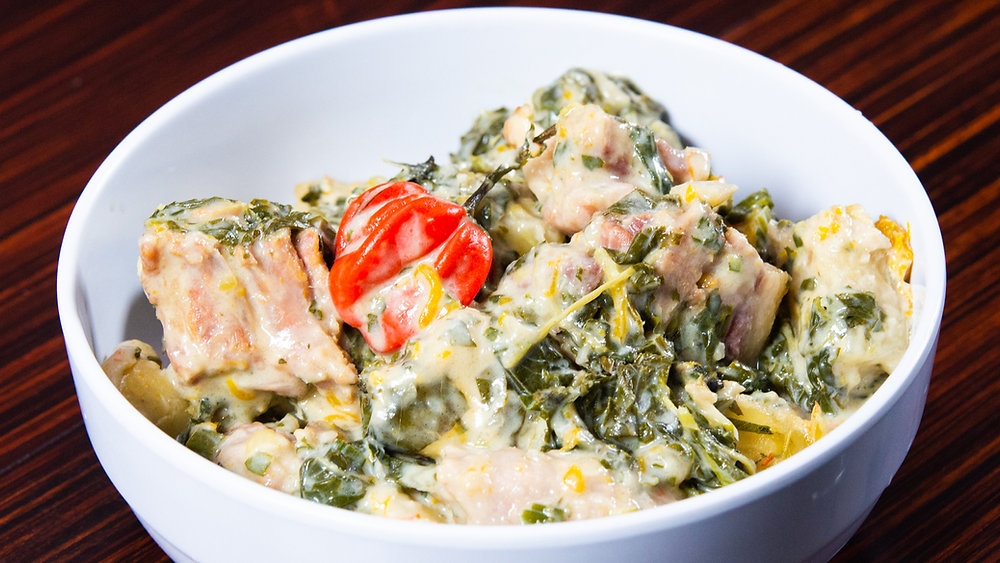
(via Jeremy Lovell.)
But now that they have settled back into being one of our cheaper foods, I have been trying different ways to breadfruit.
I’ve since learned that you can roast it on the stove top. Remove the stem and skewer it with a prong or something sturdy. It helps to turn it, and it’s not messy at all.
Apparently it can also be done in the oven, and skewering is important, because according to one recipe “failure to do this will result in an explosion”.
That recipe is one of a collection of probably a hundred, found in the 2015 book, Breadfruit Flavours: The Ultimate Breadfruit Cookbook compiled by Chanelle Joseph, a nutritionist attached to the Faculty of Food and Agriculture at The UWI.
Inside that slim volume is a startling array of things you can do with breadfruit. It reminds me of things you can do with dasheen (think, Tobago’s Blue Food Festival), and things you can do with a host of local provisions and fruits.
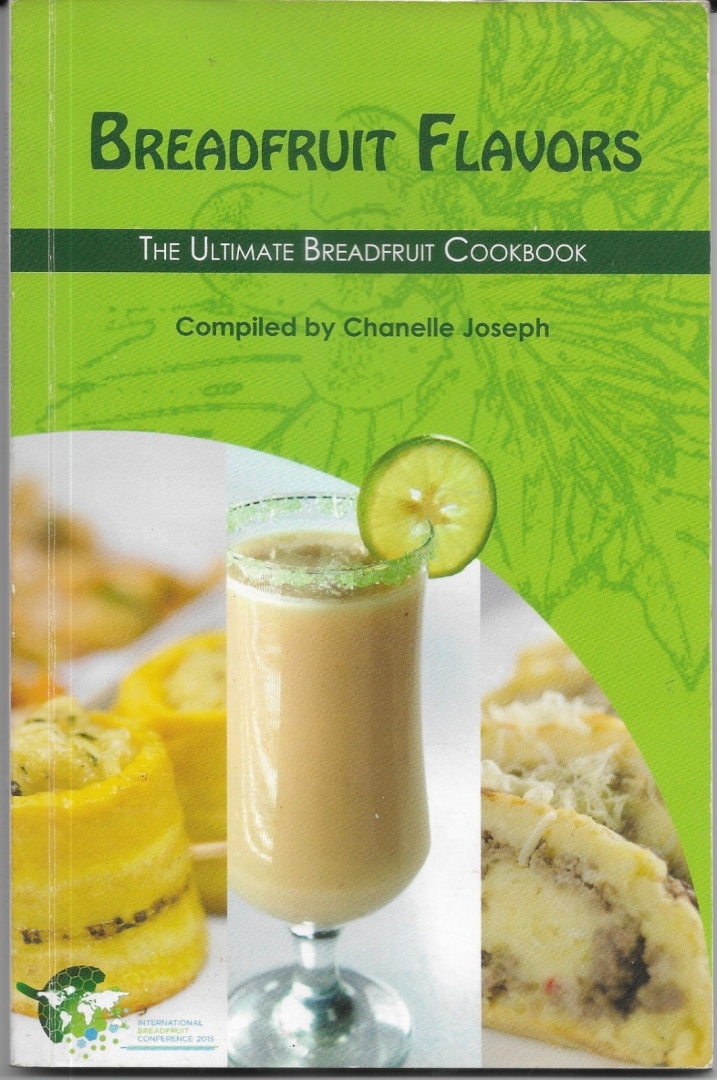
One attractive recipe was for a breadfruit plantain roll, in which seasoned mashed breadfruit is encased in strips of plantain (think of the way bacon is often used as a casing) and then baked.
Among the standards in the book is a reprint of the oil-down recipe from our pioneer television chef, Sylvia Hunt.
It is touted as Grenada’s national dish, and the various versions encourage the use of a wide range of meats and even poultry. Theirs is truly a comprehensive meal, with green figs, pumpkin, ochroes, massive dumplings, and so on.
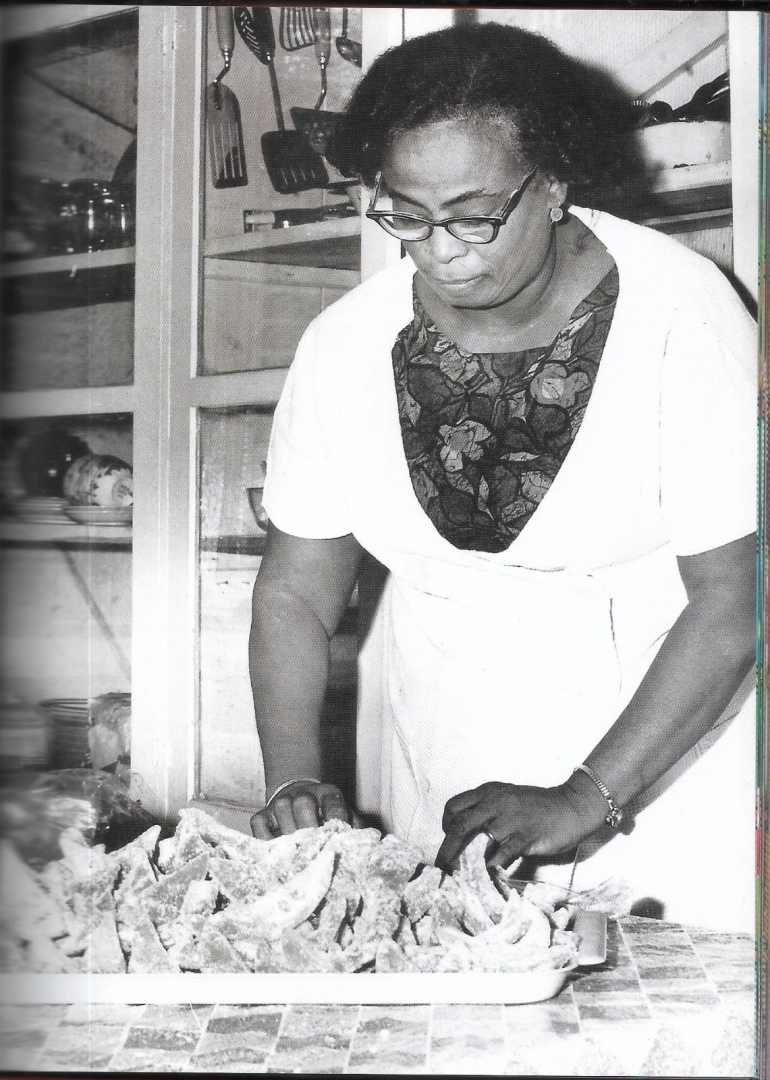
Interestingly, curry powder and turmeric feature consistently.
I was triggered to write about our produce by the tantalising morsels that Wayne Kublalsingh’s column (To Market, to Market) soaked into my head. He was making a point about the wide array of beautiful food that is available at markets, street vendors and greengrocers.
So many people live outside that element of community. Shopping is enhanced immensely by the levels of interaction between buyer and seller—not the impersonal transaction at a supermarket with its plastic-wrapped trays and overpriced goods.

A couple days ago, I went with a friend to introduce her to the concept in Aranjuez. First stop was the fishmonger, Vashist at Feathers and Scales. We bought fresh grouper, which he expertly filleted, and then cheerfully took a few dollars off the price.
Then to the greengrocer next door. We picked up wiri wiri peppers, pineapple, dragon fruit, bananas, sweet potatoes, eddoes, dasheen, beet and selected two breadfruits from the heap. The seller told us that since one of the breadfruits was a tad soft, she would give it to us free as she preferred to give away stuff that was not at its best. (It roasted beautifully.)
On the way home, we stopped by the guy in the station wagon by the savannah. He usually has lots of herbs. He only had tomatoes and limes but he still came out because he preferred to be out there than to be at home doing nothing.
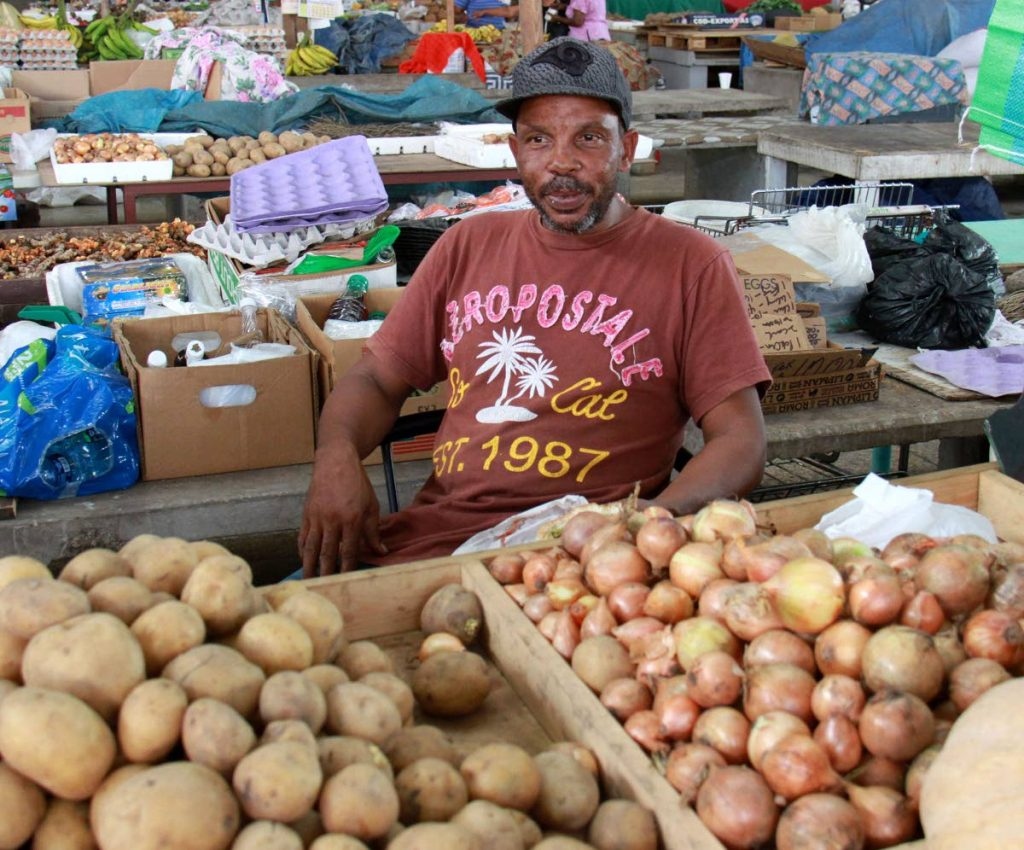
Photo: Newsday.
He had two red-skinned zabocas, and I asked how much they were. He said, they were for him, but he would give me one. Free. It was delicious.
Then we stopped by a friend from primary school who sells pineapple chow and boiled channa. He gave us a large bag of pineapple (twice the normal amount) and a free cup of channa to sample. We bought the herbs and aromatics we needed from another familiar lady close by.
By the time we got back to my house where we intended to prep everything for future use, it felt like we had just returned from a massive lime.
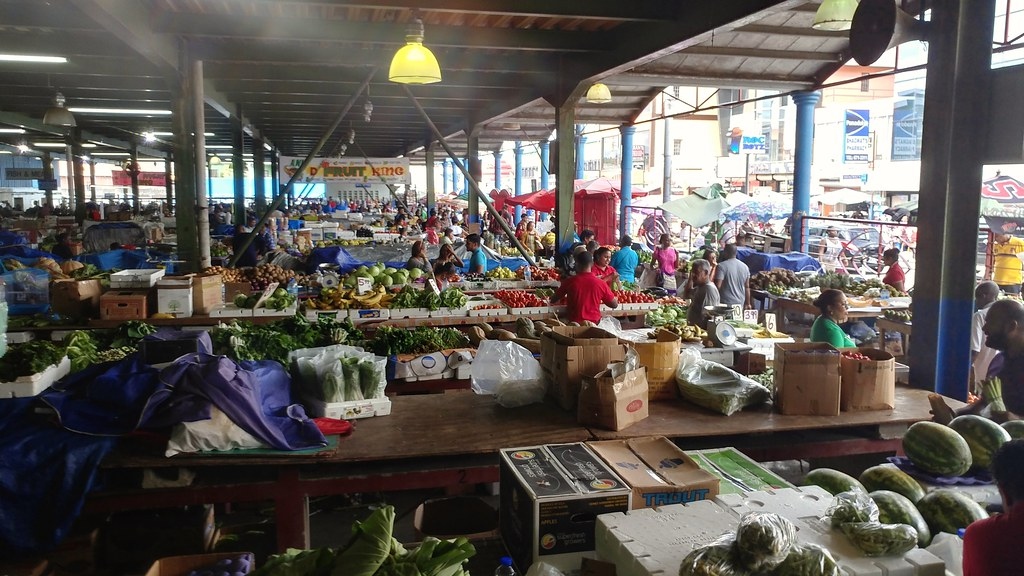
Photo: Raymond Cunningham.
We then spent the day roasting, boiling, peeling, chopping and seasoning our spoils.
I feel certain that every community contains the same vibe—it’s not just an Aranjuez state of mind. There is something precious and uplifting about stepping out into a space where you feel a sense of belonging.
I know for many people it is convenient to just anonymously roll a trolley in the air-conditioned comfort of a supermarket.

Frankly, I’ve found most of the fruit, vegetables and aromatics to be jaded. The packaging often hides the hot mess under the first layer.
I’ve discovered too that people don’t like hanging about stalls that look bedraggled. We are quite the nation of pappyshow. We like the fancy fare, the exotic items and the gaudy unnatural colours of processed stuff. But it’s not us alone.
The 1993 Grenada Homemakers’ Cookbook included this in the message from Valjean Charles, President of the Association:
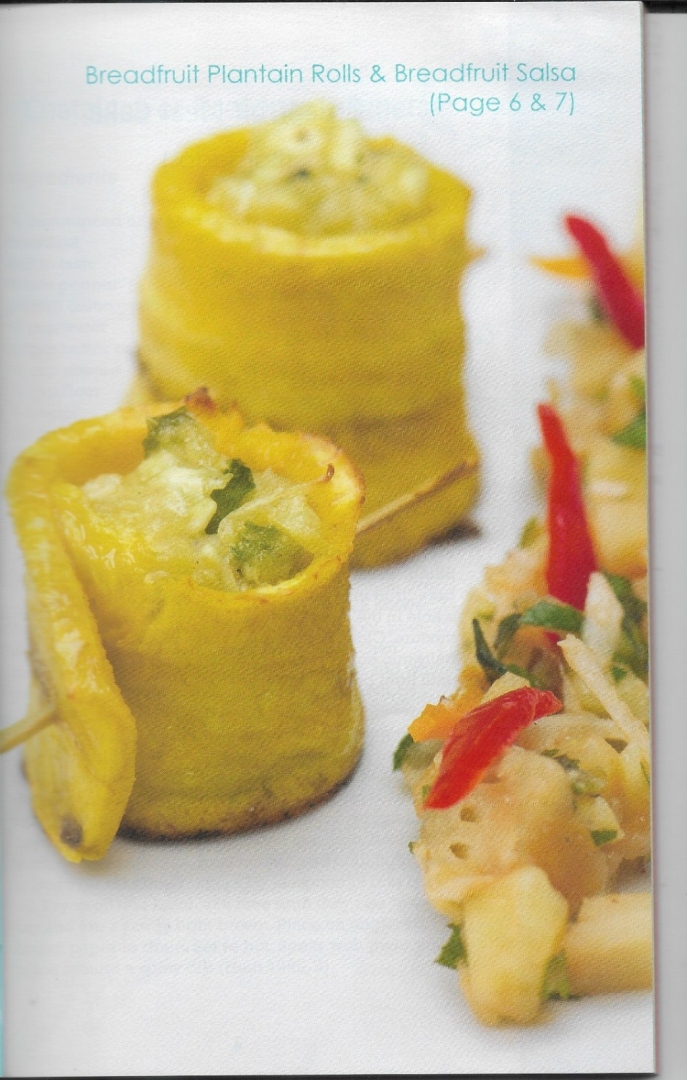
“Some think that bluggoes [a kind of cooking banana], green bananas and breadfruit are not for human consumption. Other people are ashamed to acknowledge that they eat these foods.”
Helluva thing, what we let mess with our heads, isn’t it?
Meanwhile, in between concocting the column on this rainy day, I mashed one of the breadfruits I had roasted, added some milk, butter and herbs (mostly from my yard) and put it in the oven with a light topping of cheese and some caramelised onions from my freezer.
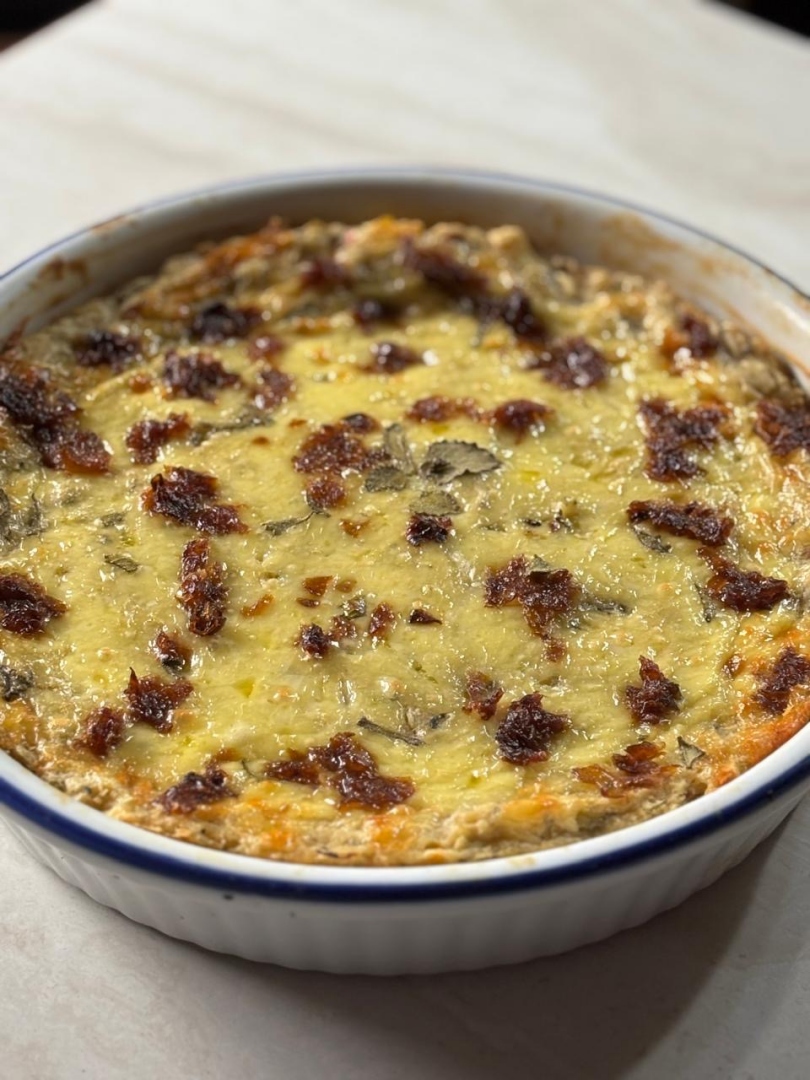
(via VB.)
Along with the pan-fried fish, it was an exquisite accompaniment to the day.

Vaneisa Baksh is a columnist with the Trinidad Express, an editor and a cricket historian. She is the author of a biography of Sir Frank Worrell.
 Wired868 Wired868 for smart sport news and opinion
Wired868 Wired868 for smart sport news and opinion





